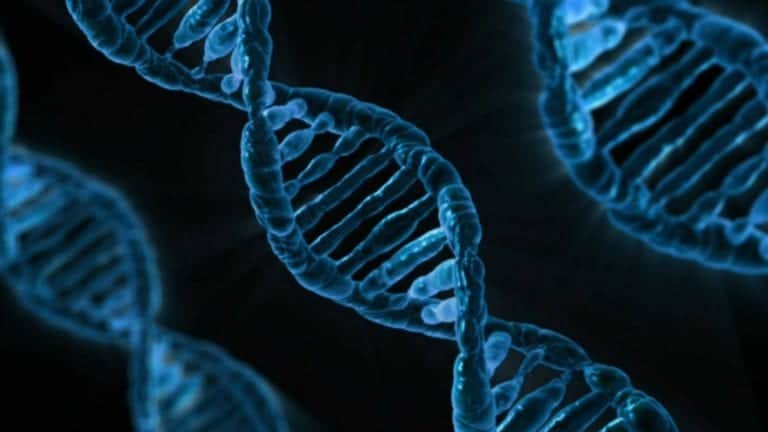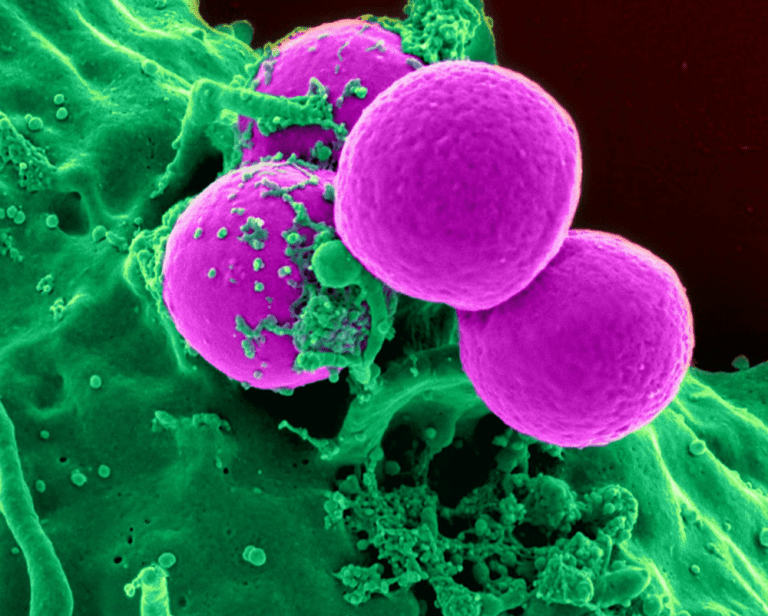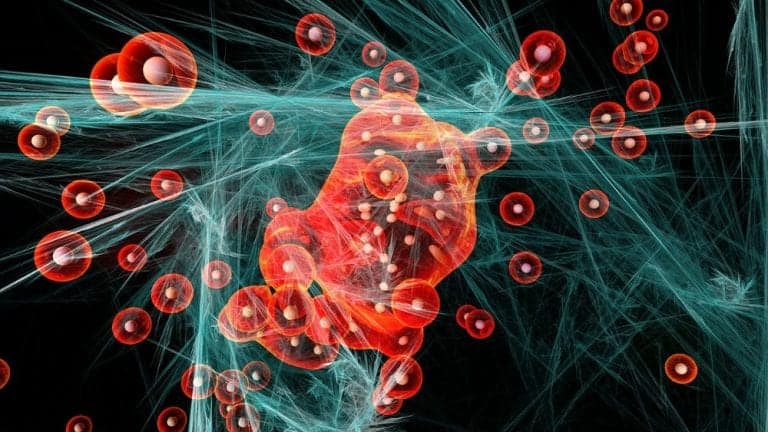For patients in Manhattan Beach, Los Angeles, the Dr.U Skin Clinic offers conventional skin cancer treatment methods as well as the latest non-surgical modalities within the set of medical dermatology services. This includes blue light therapy and immunomodulators for qualified patients.
Skin cancer involves the reproduction of abnormal skin cells that form from mutations in DNA coding. The condition is the most common form of cancer in the United States and affects individuals of all ethnicities and skin color. According to the American Academy of Dermatology, over 1 million Americans are suffering from melanoma. Each day, 9500 new individuals receive a diagnosis of skin cancer.

Dr. U Skin Clinic Offers Blue Light Treatment for Skin Cancer for Manhattan Beach Patients
Blue light treatment is an emerging, new intervention for nonmelanoma cancer types which is not yet widely available. According to board-certified dermatologist, Dr. U, it is often less costly than other cancer treatments. For the right cases, blue light treatment may replace surgery and radiation. With appropriate use, it entails no long-term side effects. The Dr. U Skin Clinic is one of a few providers which currently offers this therapy.
Some may refer to blue light treatment as photodynamic therapy (PDT), photoradiation therapy, phototherapy or photochemotherapy. It uses a special type of blue light to activate a topical photosensitizing drug. This drug then reacts with oxygen. The reaction forms a chemical byproduct which kills cancer cells, offering a very precise form of treatment for areas that the light can reach.
This skin cancer treatment approach can also destroy blood vessels that sustain malignant tumors.
Possible uses of blue light treatment may include:
- Basal cell cancer
- Bowen’s disease, an early manifestation of squamous cell carcinoma
- Actinic (solar) keratosis, a pre-cancer condition which can eventually develop into cancer.
Aminolevulinic acid (ALA), also known as Levulan, is a commonly used topical drug for blue light therapy. This treatment uses actinic keratosis (AK) which can develop into cancer. Applications of ALA and blue light are restricted for use on the scalp and face, only.
As opposed to radiation, providers can use blue light repeatedly on the same region as needed.
Skin Cancer Treatment at the Dr.U Skin Clinic – Immunotherapy

Immunotherapy adds to the body’s own immune defense responses against cancer cells. One way to achieve this is through the use of medication referred to as immunomodulators. Here is a list of several common types.
Immune Checkpoint Inhibitors
Cells of the immune system have proteins, known as checkpoints, which can be turned on or off to start or stop an immune response.
Melanoma cells are capable of actually turning off checkpoint proteins to prevent themselves from being attacked by the immune system.
New drugs called checkpoint inhibitors work to prevent this interference. This interference then allows the immune system to respond appropriately to cancer cells. Two examples include:
- PD-1 Inhibitors
- CTLA-4 Inhibitor
Cytokines
Cytokines are proteins in the body which enhance the immune system. Researchers have developed chemical versions of these proteins.
- Interferon-alpha
- Interleukin-2 (IL-2)
These treatments get administered intravenously.
Oncolytic Virus Therapy
Scientists can now alter viruses, reprogramming them to kill cancer cells. In addition, they can even signal for the participation of the immune system.
T-VEC (Talimogene laherparepvec) is an oncolytic virus which treats malignant cancer cells in the skin or lymph nodes. This form of therapy may help cases that surgery cannot address.
Bacille Calmette-Guerin (BCG) Vaccine
This vaccine gets injected into tumors in order to treat melanomas at stage III by activating the body’s immune responses.
Topical Skin Cancer Treatment- Imiquimod Cream
The skin cancer treatment cream is applied for 2-5 weeks for about 3 months.
Other forms of immunotherapy include:
Immune cell-targeted monoclonal (mAb) Therapy
This treatment involves lab-designed antibody proteins which bind to specific antigens found on cancer cells. Following attachment, the antibodies signal the immune system to destroy the malignant cells.
So far over a dozen mABs have been designed for the treatment of cancer. Researchers continue to discover new antibodies associated with cancer in order to develop new forms of monoclonal antibodies.
Interferon Adjuvant Therapy
This treatment uses a genetically produced drug version of the body’s interferon protein. This protein fights infections, viruses, and diseases. Thus, the medication stimulates the immune system to destroy cancer cells.
Some providers may use Interferon adjuvant therapy as a secondary form of cancer treatment. It is administered after surgery to prevent recurrence and relapse. As a systemic intervention, the drug travels through the bloodstream, to reach all parts of the body.
The interferon adjuvant treatment is indicated for high-risk melanoma cases where the malignant tissue is deeper or thicker than 4mm, at the primary site or instances where cancer spreads to the lymph nodes.

Treatment for Melanoma Skin Cancer
Only 1% of skin cancers are attributed to melanoma. There are the two other general categories, basal cell carcinoma, and squamous cell carcinoma. Yet, melanoma is responsible for a significant majority of deaths due to skin cancer.
The condition tends to appear as a brownish spot with dark speckles. It also manifests as an irregular mole that changes in color or size with irregular borders.
Skin cancer treatment for melanoma often includes the following modalities:
- Wide excision surgical removal of the main lesion along with a margin of skin surrounding it.
- Moh’s surgery which removes smaller skin cancer lesions by layers, starting from the surface of the skin.
- Amputation of areas on the toes and fingers affected by melanoma
- Lymph node dissection, for the removal of affected lymph nodes near the primary melanoma tumor
- Topical skin cancer cream (e.g. Imiquimod) for melanoma close to the skin’s surface.
- Radiation therapy uses high energy particles or X-rays to kill cancer cells.
- Immunotherapy, a drug based form of treatment which amplifies the immune system response to attack malignant cells
- Chemotherapy uses drugs, focusing on a specific stage of a cell’s cycle and targets those that are growing and dividing quickly and rapidly.
- Targeted therapy focuses on treating anomalies in the inner workings of cells with the aim of leaving healthy cells alone.
Choosing Treatment for Melanoma Skin Cancer
The choice of skin cancer treatment will depend on the stage of the melanoma. Small, well-defined areas may benefit from surgical removal methods. Other approaches may follow as an adjunct treatment after surgery. Additionally, supplementary treatment may help prevent recurrence or address more pervasive, less defined regions of cells.

Interested in discussing skin cancer treatment options? Submit your information through our complimentary online consultation form using the button below.
Frequently Asked Questions – Skin Cancer Treatment
Is there an effective natural treatment for skin cancer?
So far, there are no known natural forms of effective treatment for skin cancer. The American Academy of Dermatology urges patients to address early signs of cancer as soon as possible using appropriate medical intervention. This is to avoid dangerous delays.
Black salve is one such example. It is included on the FDA’ list of 187 fake cancer cures that consumers need to avoid.
The Journal of the American Academy of Dermatology reports a case where a man with skin cancer attempted to use the black salve on his nose.
Although this did succeed at eliminating the growth, it also removed the side of his nose. Thus, it left behind a large cavity.
The AAD also warns that many natural products may incur side effects during the course of a skin cancer treatment. Patients must consult with their physician before taking:
- herbal supplements and remedies
- vitamins
- miscellaneous natural products
The supplements with the highest risk for incurring major side effects include:
- St. John’s Wort
- Vitamin A
- Vitamin C
What areas of the body are most affected by skin cancer?
Skin cancer can affect any area of the body (e.g. face, neck, ears, legs hands, arms etc), whether they are exposed to the sun or not. The disease can manifest on the palms of the hands, the soles of the feet, the genitals and also beneath the finger and toenails. It is also important to note that this tends to happen more so in individuals of darker skin tones.
What are the general causes that contribute to the development of skin cancer?
There are many risk factors that can contribute to the formation of cancerous lesions on the skin. These include:
- genetics and family history
- Personal history
- Fair skin tone
- History of sunburns
- Lifestyle of excessive sun exposure
- Presence of abnormal moles (e.g. dysplastic nevi) which are irregular in shape and change in size and appearance over time
- Precancerous lesions such as actinic keratosis
- Weakened immune system, possibly caused by immunosuppressant drugs
- Usage of prescription and OTC medications with sun-sensitizing effects (e.g. antibodies)
It is possible to minimize the risk of developing skin cancer by using sunscreen every day and wearing protective clothing. It is also important to stay indoors or wear proper forms of skin protection during the peak hours of 10 am to 4 pm. Additionally, UV emitting tanning beds are another risk factor. Ultraviolet radiation is a leading cause of gene mutations. Mutations such as these contribute to skin cancer.
Have more questions for Dr. U about skin cancer? Use the button below to send them directly.
Further Reading
Read more about the current state of cancer and how close science is to finding effective cures
Learn more about the top most promising experimental cancer treatments

